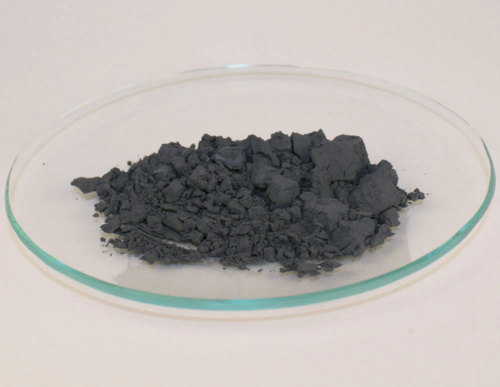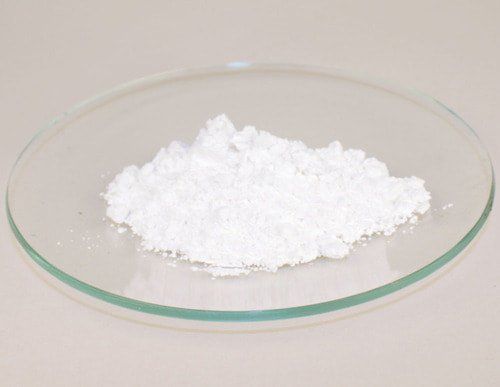How Vulcanization Using ZnO Nanopowder For Rubber Can Be The Difference?

Zinc in its oxide state is predominately used for the manufacture of rubber. The oxide is usually combined with stearic acid so as to perform vulcanization of rubber. In addition to that, ZnO is also used as a form of additive to protect them from UVA and UVB lights and fungi too. The properties of this inorganic compound is improved ten folds when it is used as nanopowder. Wondering how that can happen and why ZnO nanopowder is an effective alternative to the usual oxide state? Read on to find out more.
Before examining the properties of ZnO nanopowder for rubber, let's know more about vaccination and how the process exactly works.
Vulcanization With The Use of ZnO Nanopowder
Vulcanization is an essential process in which polymers are transformed into durable materials by introducing multiple crosslink. Compared to the thermoplastic processes, this method is meant for curing the thermosetting polymers and is typically irreversible. The key components that are often used for the process are styrene-butadiene (SBR) and natural rubber (polyisoprene). The cure is designed according to the application of the final product.
The process essentially provides dynamic properties to rubber through cross-linking and this aids in flexibility. For example, movement of the tires on roads, without proper flexing the tires become prone to cracks and this makes them fail within a short span of time. There are five amazing curing methods used for vulcanization and these are:
- Peroxides
- Metal oxides
- Sulphur systems
- Urethane crosslink
- Acetoxysilane

Why Buy ZnO Nanopowder For Rubber?
ZnO acts as an excellent activation of vulcanization in sulphur systems. During the process, the ions from the oxide react with accelerators, forming highly reactive complexes. The reaction is usually preceded by stearic oxide and zinc oxide reaction that causes hydrocarbon-soluble zinc stearate. Cross-link density increases with concentration of this compound. Later, the nanopowders are dispersed so as to get crystalline particles.
The particles present in the accelerator, fatty acids and sulphur are easily diffused and absorbed onto the surface, creating oxide complexes. Thus, dispersion of nano-sized ZnO powder is a crucial element that can influence the curing process. Since the vulcanization accelerators and ZnO are insoluble, the cross-linking occurs in two independent phases and get catalyzed through a conventional transfer catalysts. Further, it should be noted that earlier the percentage of zinc oxide had to be about 2.5 percent in order to reduce its adverse effects on the aquatic life, but with the use of ZnO nanopowder for rubber the amount can be easily managed.
Besides reducing the size of particles, ZnO features developed and higher surface area leading to effective contact between the various elements of the cross-link and zinc oxide nanopowder.
Without a doubt, the presence of these nanopowders in vulcanization can take the process to the next level. However, to know more about its magnificent properties you should buy ZnO nanopowder for rubber the right powder from reputable suppliers who come up with in-depth information about the techniques used for its synthesis and associated specifications.